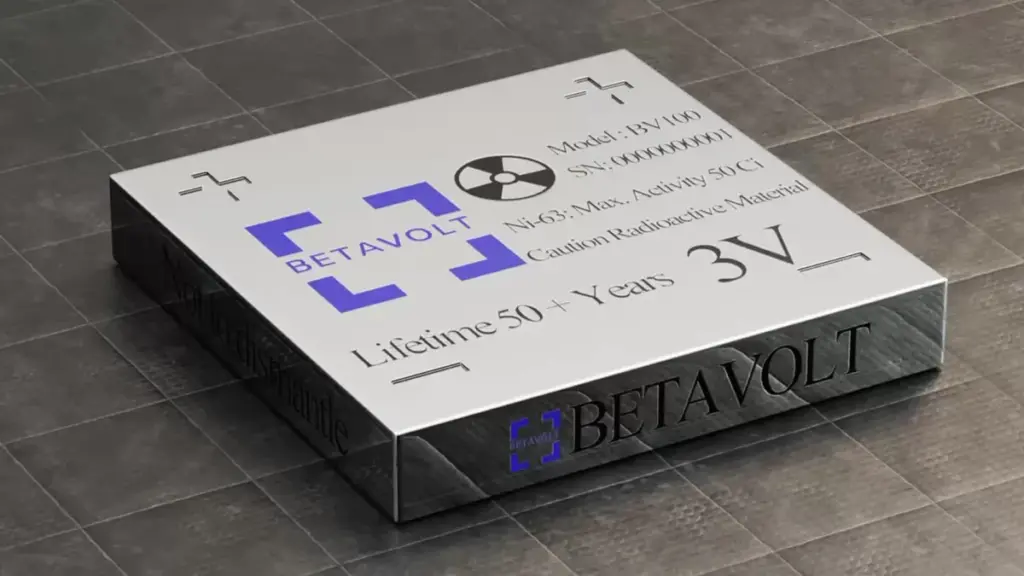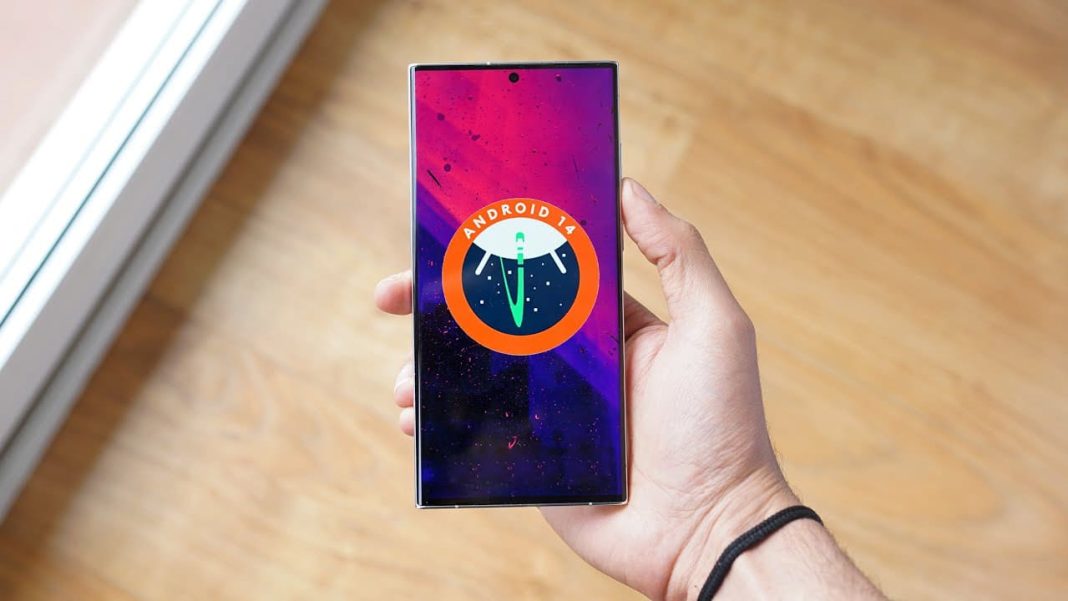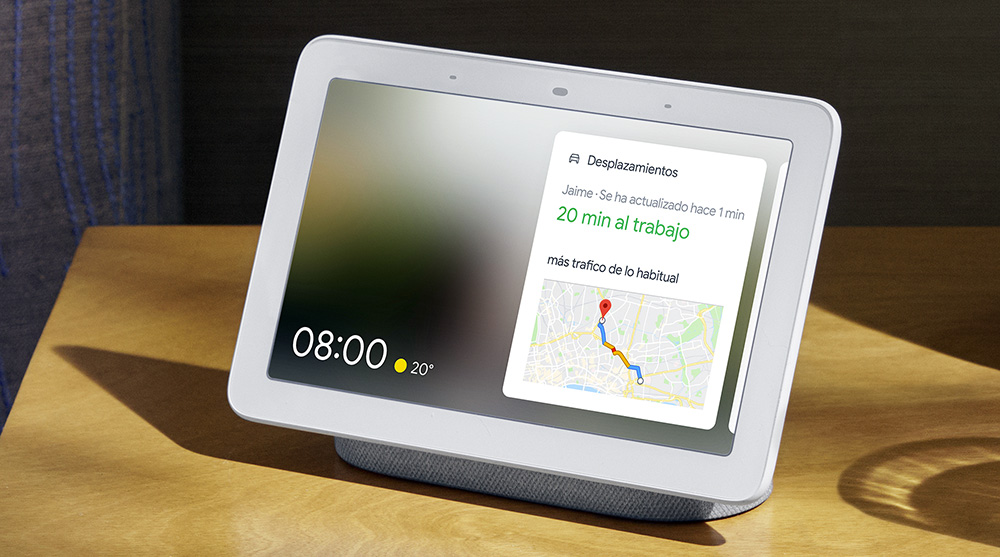Will the dream of a revolutionary battery for smartphones come true or are we facing a technological utopia?
A revolution in the world of technology could be coming with the announcement of a Chinese company that claims to have developed the first miniature nuclear battery for smartphones. This battery promises almost unlimited autonomy without recharging, although it is not radioactive. But how does it work?
The technical capability would lie in the miniaturization of nuclear energy batteries with small dimensions (15 x 15 x 5 mm) that use 63 nuclear isotopes to generate 100 microwatts and 3 V of electricity through radioactive decay.
Betavolt is currently in the testing phase and is evaluating mass production of various devices such as smartphones and drones. These nuclear batteries also have the potential to be used in aerospace, artificial intelligence, medicine, advanced sensors and microrobots. Inspired by pacemakers and satellite technologies, the Beijing company aims to produce a 1-watt battery by 2025.
How does it work?
The design of this revolutionary battery is based on the use of nickel-63, a radioactive element, combined with diamond semiconductors for energy conversion. It uses a 10 micron thick single crystal diamond semiconductor with a 2 micron thick nickel-63 layer between two diamond converters that converts radioactive energy into electrical current.

Everything about this technology looks good: low weight, durability, high energy density and stable operation at extreme temperatures (-60 to 120 °C). In addition, the modularity of this battery would pave the way for broader applications, for example in cars or artificial intelligence systems.
As far as safety for our health is concerned, Betavolt is reassuring: the Chinese company claims that the 63 nuclear isotopes, after decaying, turn into copper, which would not be radioactive and would not pose a threat to the environment.
Why is this hard to believe?
It is true that the idea of a nuclear battery that offers unlimited autonomy to our smartphones is enough to make us dream. Imagine a world where charging cables and plugs are antiques, and where your phone stays on for years without ever fading. Imagine an Apple Watch that you no longer have to charge every day. But with a little calculation, the current state of affairs can be put into perspective.
The described battery produces 100 microwatts of energy at a voltage of 3 volts, which is significantly less than the needs of an average smartphone. To function properly, a typical smartphone requires between 2 and 8 watts of power. Therefore, the 100 microwatts generated (and in the near future even 1 watt) are clearly not enough to power a current smartphone. The technical challenge is also enormous when it comes to multiplying the number of batteries. So you would have to wait several years until you would undoubtedly receive enough electricity.
This promises an unprecedented technological revolution. But as is often the case with promises of a too-perfect future, a certain amount of skepticism is warranted. Remember: If something seems too good to be true, it should be examined carefully. This caution is all the more justified when it comes to nuclear technologies, where the question of technical feasibility is as crucial as it is exciting.




